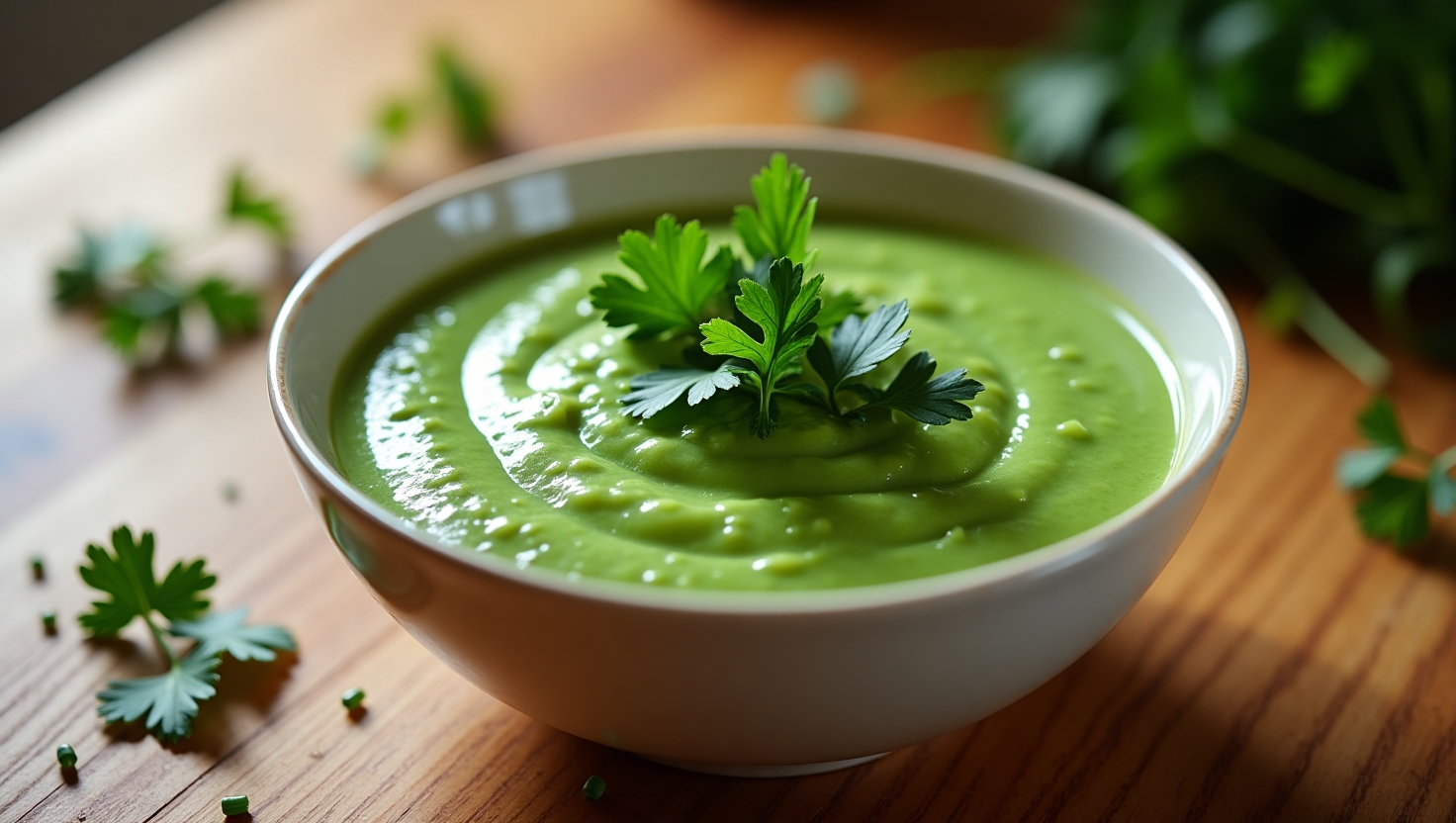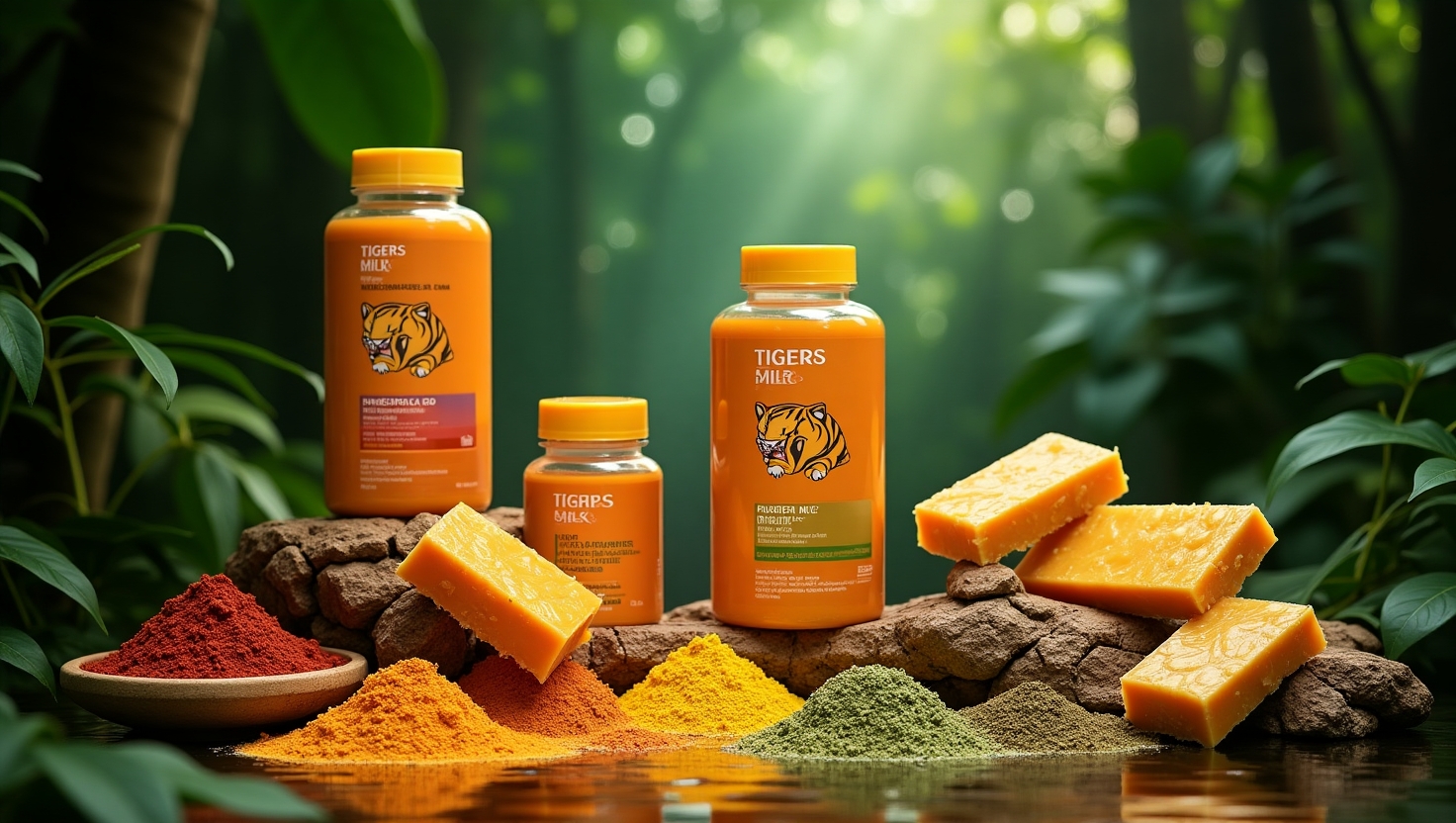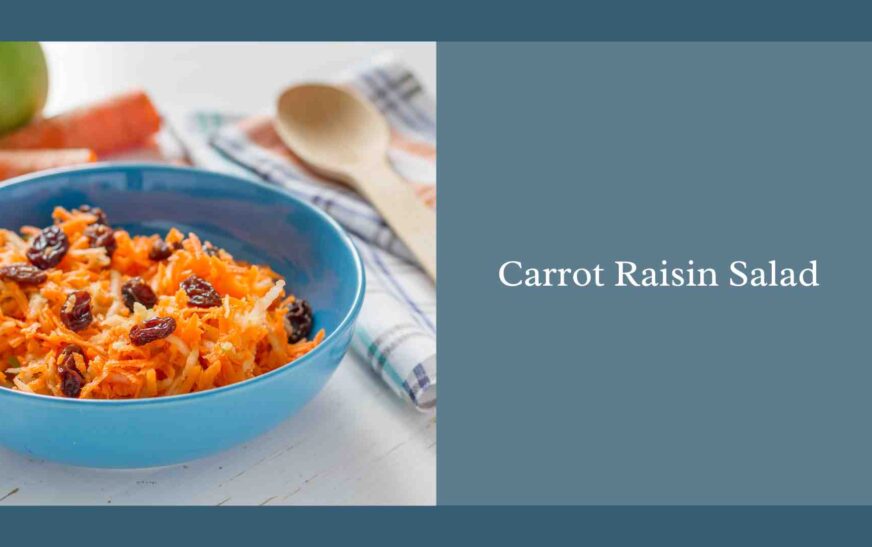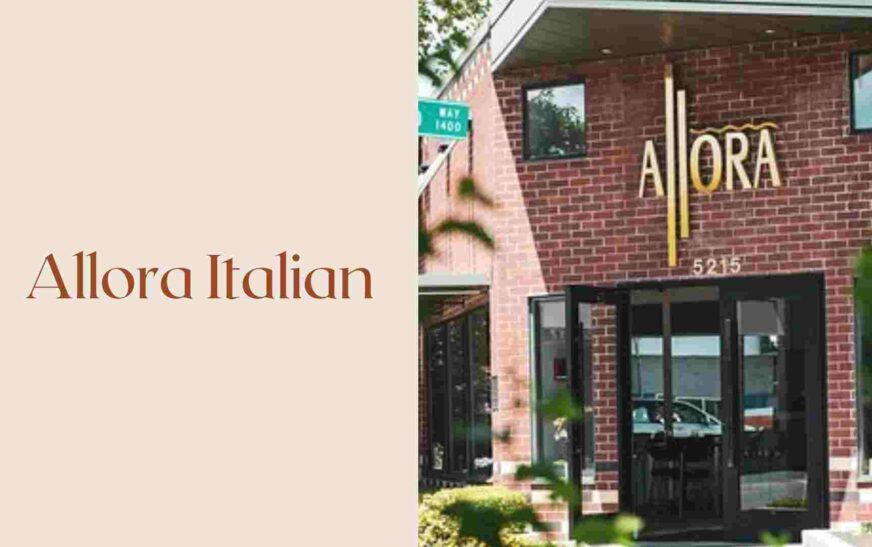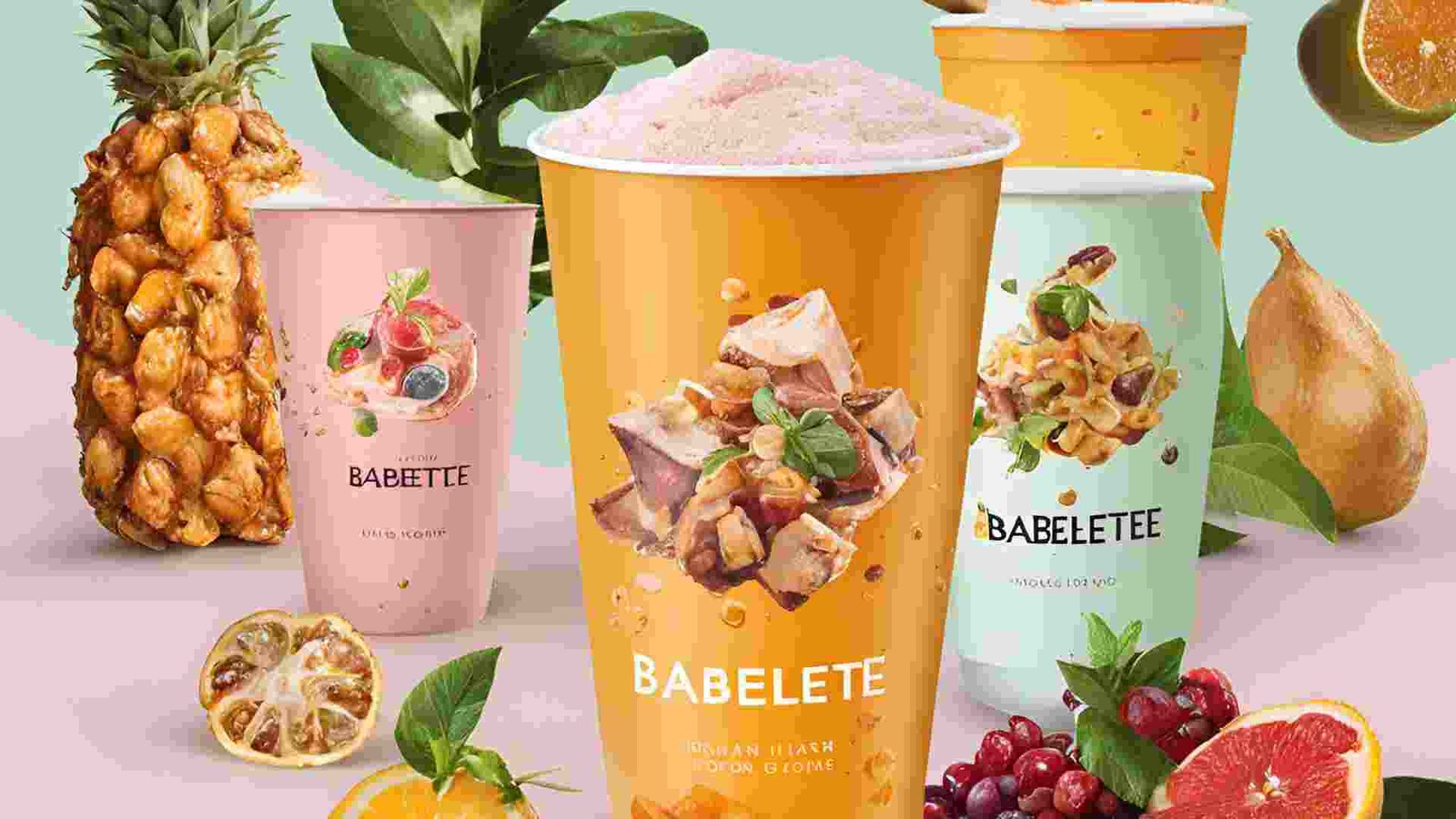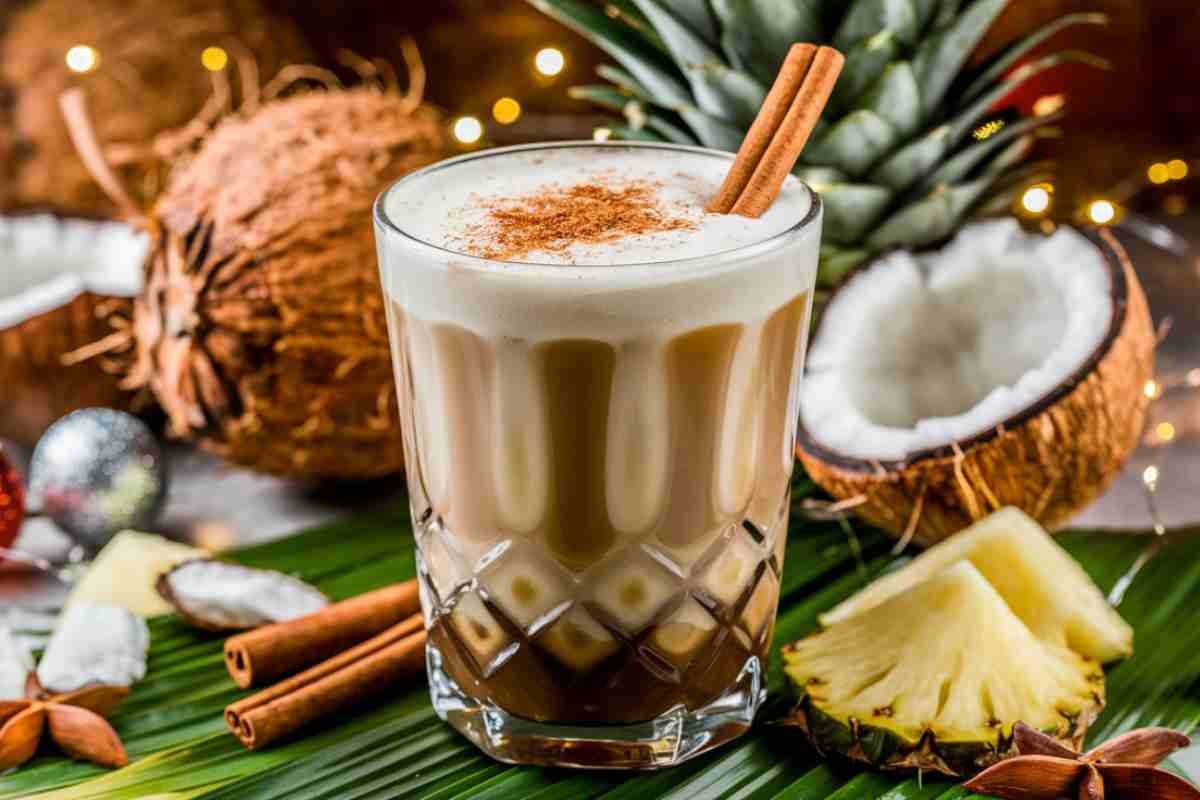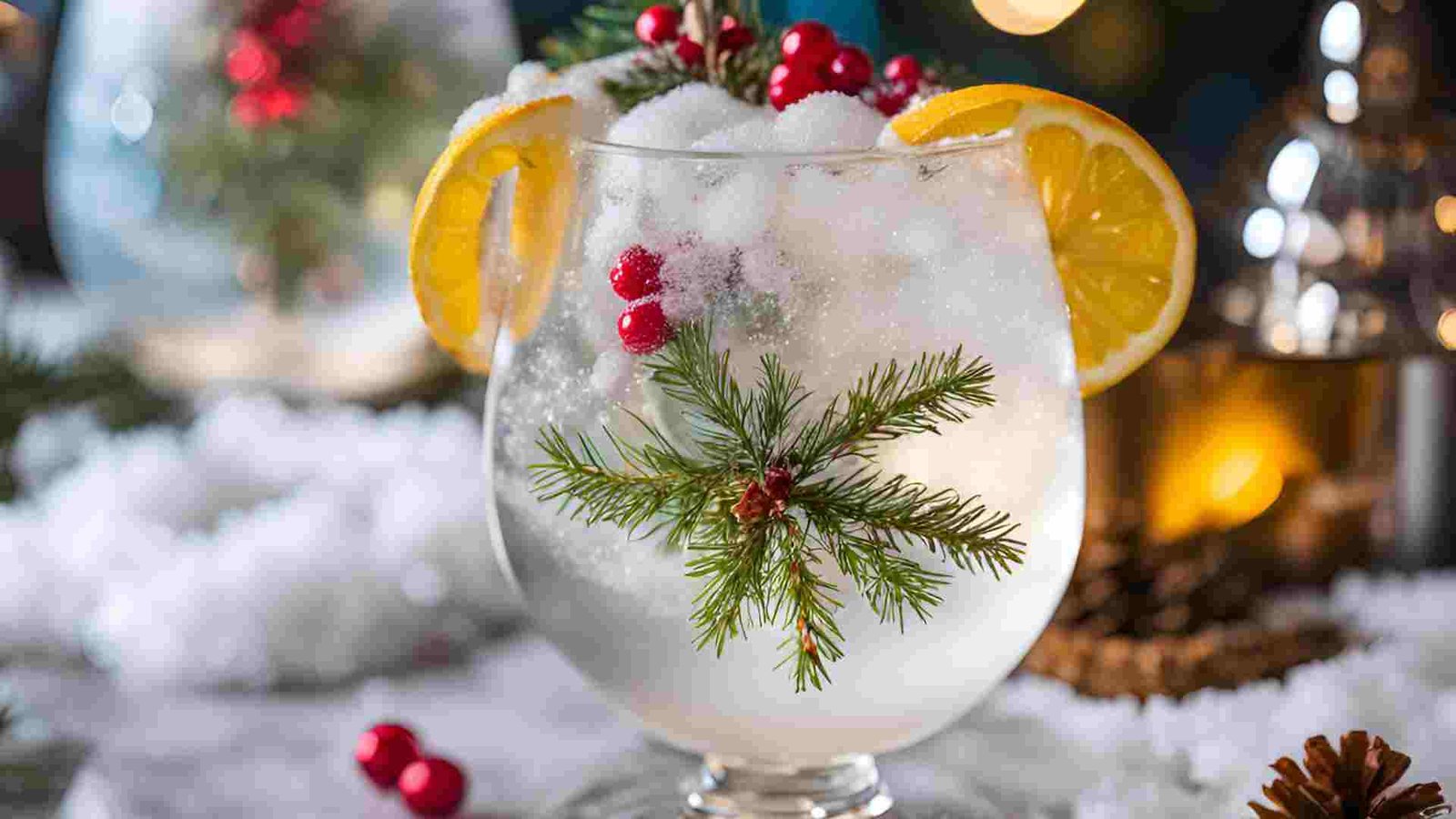White food coloring might not be the flashiest ingredient, but it’s a must-have for bakers, chefs, and culinary enthusiasts. Whether you’re crafting a pure white wedding cake or creating elegant pastel desserts, white food coloring is key to unlocking visual perfection.
This comprehensive guide covers everything you need to know about white food coloring—from its uses and types to DIY tips and safety considerations.
What Is White Food Coloring?
White food coloring is a pigment or mixture that provides a pure white appearance or neutralizes natural colors in food. It’s commonly used to brighten or lighten colors, making it an essential ingredient for bakers, cake decorators, and even beverage artists.
Types of White Food Coloring
White food coloring comes in several forms, each suited for different uses. Here’s an overview:
- Titanium Dioxide-Based (Artificial)
A food-grade pigment that produces a strong, opaque white tone. Ideal for baking, icings, and high-precision decorating. - Natural Alternatives
Made from coconut powder, rice flour, or cornstarch. Perfect for health-conscious, vegan, or allergen-free recipes. - Liquid White Food Coloring
Easy to blend into beverages or batters. Best for creating smooth textures in drinks like lattes or milkshakes. - Gel-Based White Food Coloring
Highly concentrated and thick, making it the go-to option for buttercream, fondants, and dense mediums. - Powdered White Food Coloring
Dry and shelf-stable, ideal for chocolate, dry mixes, or recipes requiring minimal moisture.
Why Is White Food Coloring Important?
White food coloring’s value lies in its ability to enhance both the aesthetic and functional aspects of your culinary creations. Here’s how it works:
Common Applications
- Baking
Achieve brilliant white buttercream, fondants, and royal icing effortlessly. Combine white with pastel shades for stunning macarons or cakes. - Beverages
Add white food coloring to coffees, milkshakes, or cocktails for a dazzling presentation. Use non-dairy alternatives like almond milk for enhanced vibrancy in lattes or smoothies. - Dairy Products
Brighten ricotta, yogurt, or cream cheese to make them fresher and more appealing. Perfect for commercial food styling. - Food Aesthetics
Mix white with other colors to create soft tones, ombré effects, or gradient designs. Airbrushing white food coloring adds depth and subtle highlights to decorated desserts.
Choosing the Right White Food Coloring

Not all white food coloring is created equal. Your choice should depend on the recipe and desired effect. Here’s a quick guide:
| Type | Pros | Best Applications |
|---|---|---|
| Titanium Dioxide (Artificial) | Strong pigmentation, easy to use | Cakes, icings, beverages |
| Natural White Coloring | Vegan-friendly, allergen-safe options | Health-conscious recipes |
| Liquid White Coloring | Smooth blending, best for thinner recipes | Drinks, batters |
| Gel-Based Coloring | Thick texture, high concentration | Buttercream, fondants, decorating |
| Powdered White Coloring | Shelf-stable, minimal moisture interaction | Chocolate, dry mixes, intricate recipes |
How to Use White Food Coloring Effectively
1. Baking Tips
Use gel-based white food coloring to whiten buttercream or royal icing. For softer pastel hues, mix white coloring with other vibrant shades like mint or lilac.
2. Beverage Hacks
Transform your drinks with a few drops of liquid white food coloring. Create a stunning latte or showcase a creamy cocktail that’s ready for Instagram.
3. Dairy Enhancements
Elevate cream-based dishes, making yogurt, cream cheese, or mousse look visually appealing.
4. Pro-Level Food Presentation
Add professional depth to desserts by combining white and pastel colors with airbrushing techniques for elegant finishes.
DIY White Food Coloring Ideas
Prefer the DIY route? White food coloring can be made at home with simple ingredients:
- Cornstarch Paste
Mix 2 tablespoons each of cornstarch and water for a smooth, white mixture. Perfect for baking and icing. - Milk Powder Blend
Grind 1 cup of milk powder into a fine texture for dairy recipes. - Coconut Powder Option
Blend coconut powder into your recipes for vegan-friendly creations with a natural white hue.
Safety Concerns Around White Food Coloring
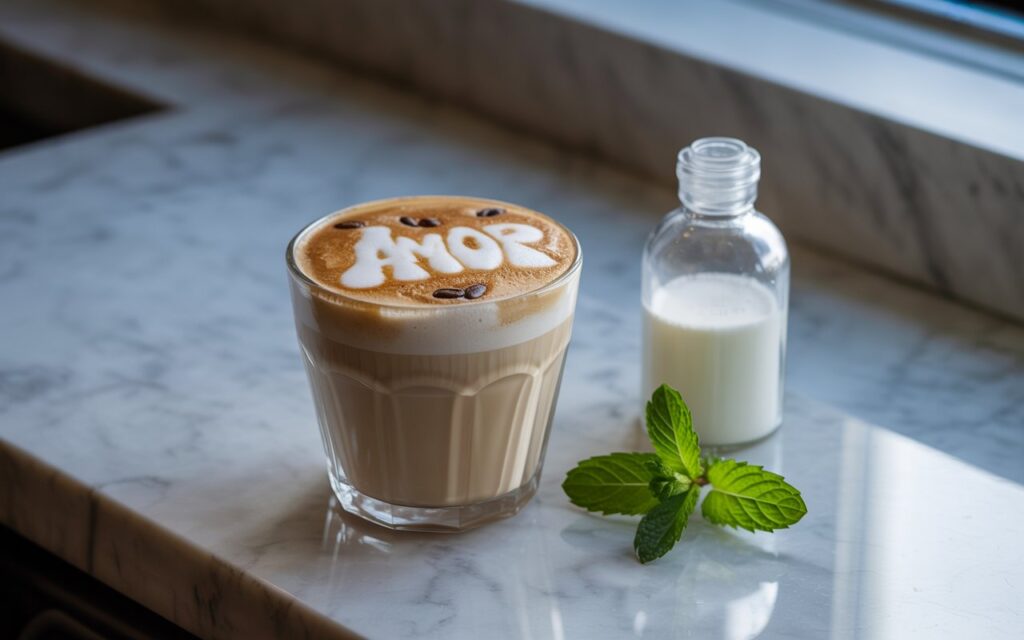
Artificial White Food Coloring (Titanium Dioxide)
- FDA Approval
Considered safe within approved limits. - European Union Restrictions
Some bans apply to titanium dioxide in food due to safety concerns.
Natural Alternatives
For peace of mind, opt for natural substitutes like cornstarch or coconut powder.
External Links for Additional Resources
- Check out more images on our Pinterest.
Final Thoughts
White food coloring unlocks endless possibilities for creative cooking. Whether you’re a home baker or a seasoned chef, mastering its use makes a big difference—from brightening icings to crafting picture-perfect dairy. For the best results, choose between natural and artificial options, depending on your recipe needs, and follow expert tips for enhancing your culinary creations.
Frequently Asked Questions
Is white food coloring safe for all diets?
Natural options like coconut or rice powder are suitable for vegan and allergen-free recipes. Always check ingredient labels.
Where can I buy white food coloring?
Brands like Wilton, AmeriColor, and Chefmaster offer high-quality white food coloring. Look for these products online or at local retailers like Walmart.
Can I use white food coloring in chocolate?
Yes! Specialized powdered options work best. Always ensure compatibility to avoid seizing.


